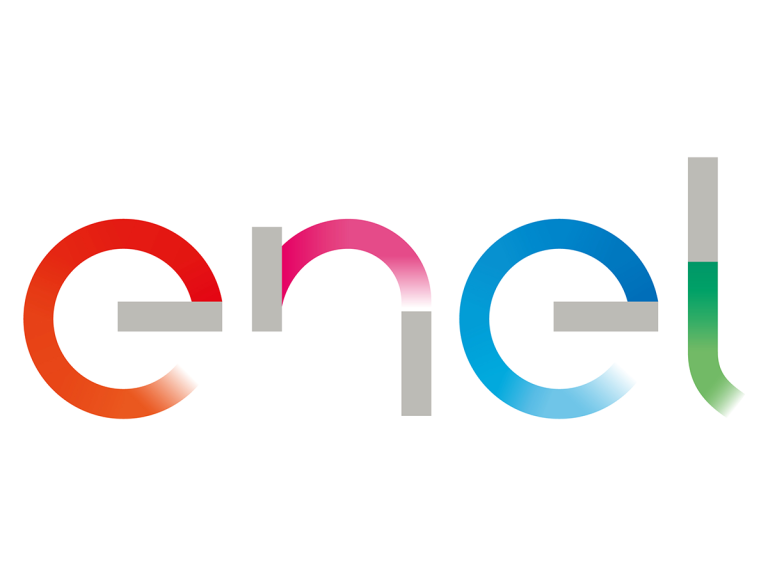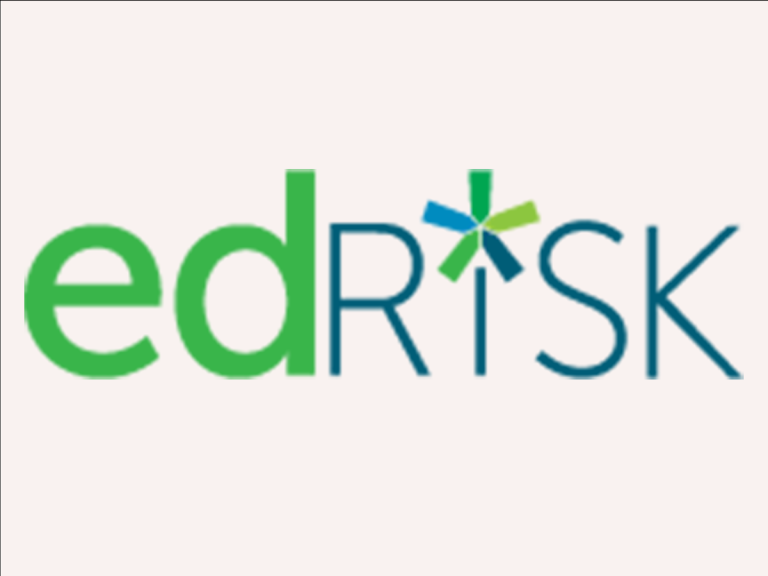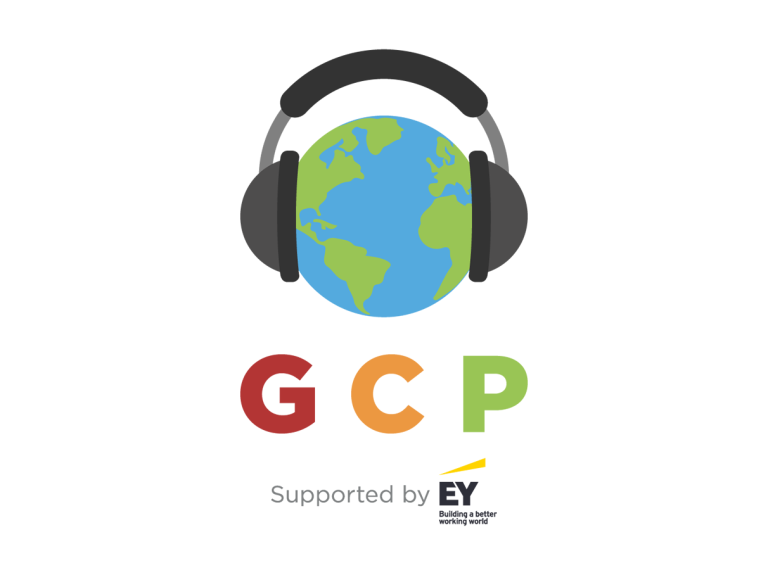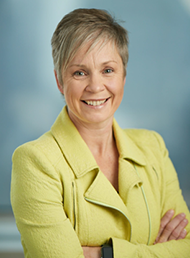Alberta’s captive insurance programme now rivals established captive jurisdictions such as Barbados, Bermuda and Vermont, according to Alberta’s minister of finance, Nate Horner.
Captive intelligence published an article in December detailing that following the introduction of captive legislation in Alberta, a greater number of prospective captive owners are expected to pick the domicile over the more traditional offshore domiciles, which have historically been popular with Canadian businesses.
“In fact, only a few months after legislation was passed, a captive insurance company moved from Barbados to Alberta,” Horner said.
He said Alberta provides an additional insurance option for businesses that may struggle to find the right coverage at a manageable cost through other traditional insurance providers.
“As more captives are established in Alberta, we expect to see a growing hub of specialised skills, including experts like captive managers and actuarial services,” Horner added.
The Energy Province introduced its captive legislation in July last year, and already has 17 captives domiciled in the jurisdiction.
“Alberta’s business-friendly environment continues to prove itself, offering a unique advantage for businesses seeking effective risk solutions in a challenging global insurance market,” Horner said.
Alberta is the second province in Canada to introduce captive legislation after British Columbia.
“I am proud that we are one of only two provinces to provide the captive insurance option,” Horner said.
Horner said that in conversations he has had with people from different industries companies are choosing Alberta as their captive domicile for several reasons, including the province’s six-week turnaround time for licence approvals, and low costs.
“In addition, Alberta’s captive insurance programme allows companies to cover business risks from outside the province within Alberta,” he added.
“Companies have also told us they have an easier time navigating our captive regulation because Alberta’s Superintendent of Insurance is easily reachable, responsive to feedback and prudent in its reviews.”
“With ongoing interest from diverse industries, Alberta’s government will continue to ensure that our captive insurance environment thrives and that businesses view Alberta as a top destination for risk management.”
In episode 97 of the Global Captive Podcast, Rick Da Costa, partner and national leader for corporate and regulatory insurance & reinsurance at Borden Ladner Gervais LLP, discussed Alberta’s appeal as a new captive domicile for Canadian businesses.
“The cadence with which Canadians have established their own captives, and with Alberta being an option, I think we are going to start to see a higher proportion of people choosing that domicile over the usual Bermuda, Barbados or Cayman,” Da Costa said.













